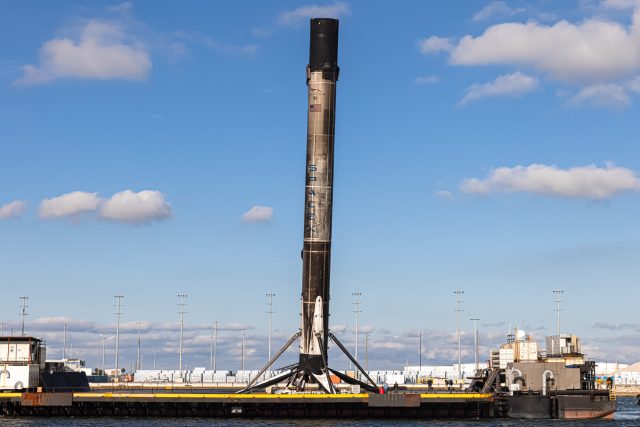
The notion of reusing rockets finally went mainstream in 2020. As the year progressed, it became clear that SpaceX launch customers have gotten a lot more comfortable with flying on used, or "flight-proven," first stages of the Falcon 9 rocket. One commercial customer, Sirius, launched its XM-7 satellite on the seventh flight of a Falcon 9 booster in December. Also, the first national security payload flew on a reused booster last month when the US National Reconnaissance Office launched its NROL-108 mission on the fifth flight of a Falcon 9 first stage.
NASA, too, agreed to fly future crewed missions to the International Space Station—beginning with the Crew-2 spaceflight in the spring of 2021—on used Falcon 9 rockets. And the US Space Force said it would launch its GPS III satellites on used boosters in the future as well. These are among the highest-value missions the United States has.
Another important step came when a second US launch company, Rocket Lab, began to demonstrate rocket reuse. The company experimented throughout 2020 on ways to protect the return of its Electron first stage during reentry into Earth's atmosphere. Then, it recovered an Electron stage for the first time in November.
"When we look back on 2020, we will say this year was a watershed moment," said Randy Kendall, vice president of launch and enterprise operations for The Aerospace Corporation, in an interview. "Commercial, civil, and national security missions have all signaled their intent to fly their most precious payloads on previously flown rockets."
A long time coming
NASA deserves credit for pioneering work in reusable spaceflight. The space shuttle was the world's first partially reusable launch system, with the orbiter and solid rocket boosters capable of multiple flights after significant refurbishment. But it wasn't cheap—the best independent estimate of the shuttle's cost over the lifetime of the program is about $1.5 billion per launch.
In the 1990s, NASA then funded the Delta Clipper program to test vertical takeoff and vertical landing. Eventually, it would launch reusable DC-X vehicles 12 times from White Sands Missile Range in New Mexico, reaching a maximum altitude of 3km. The program was canceled in 1996 after an accident and due to a lack of funding.
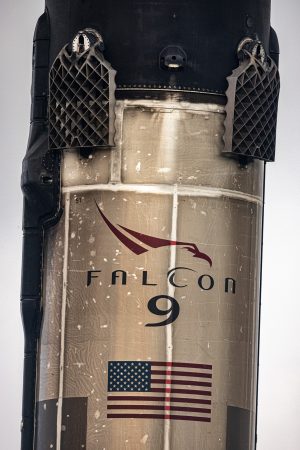
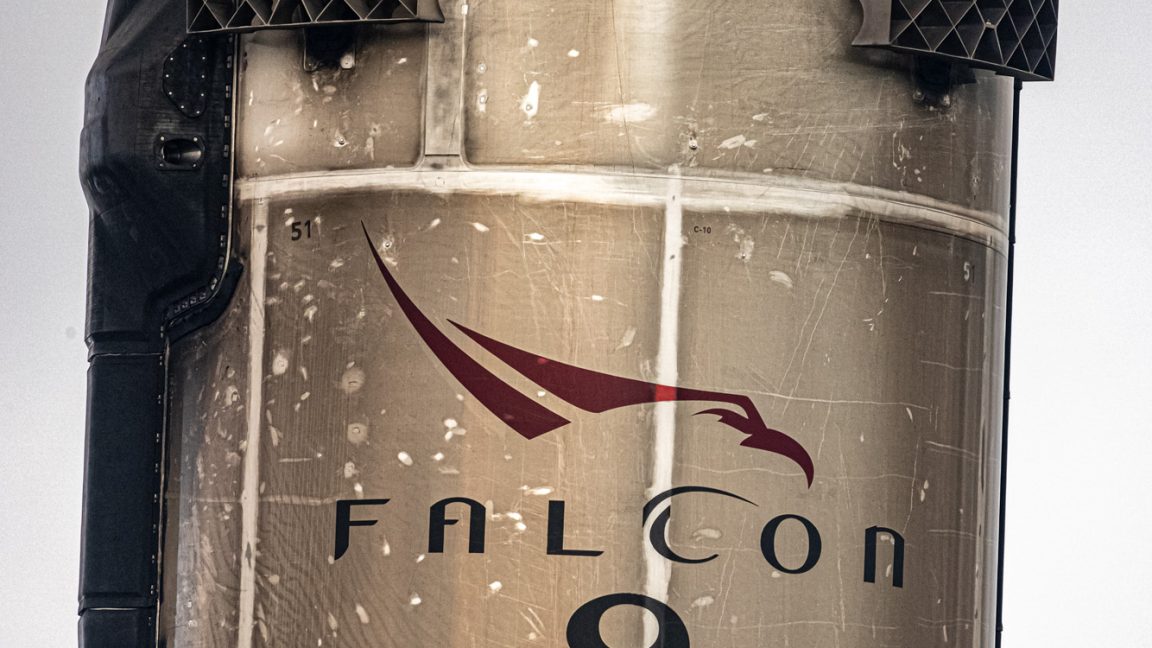
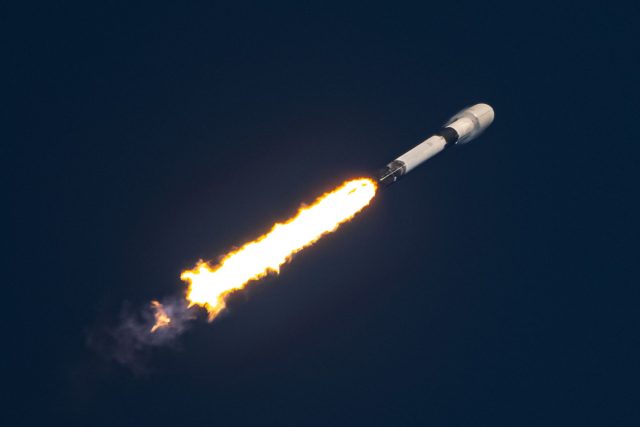
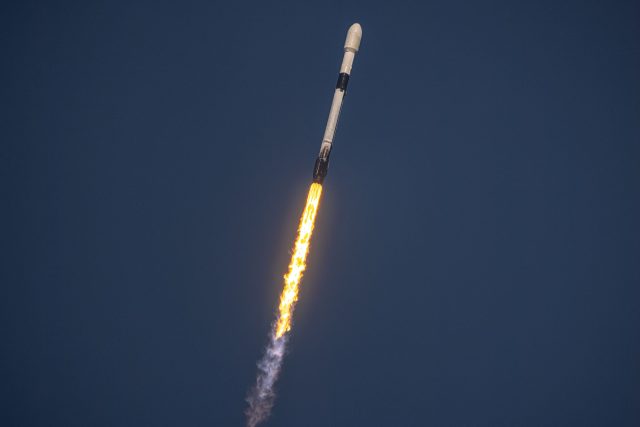
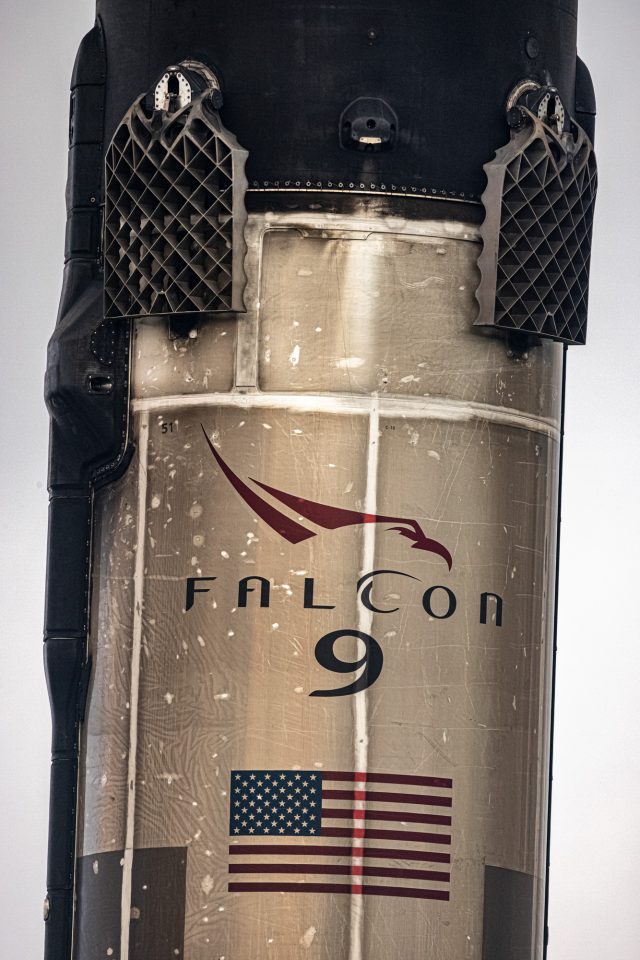
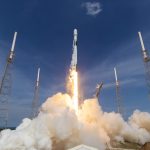
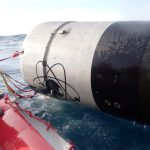

 Loading comments...
Loading comments...
